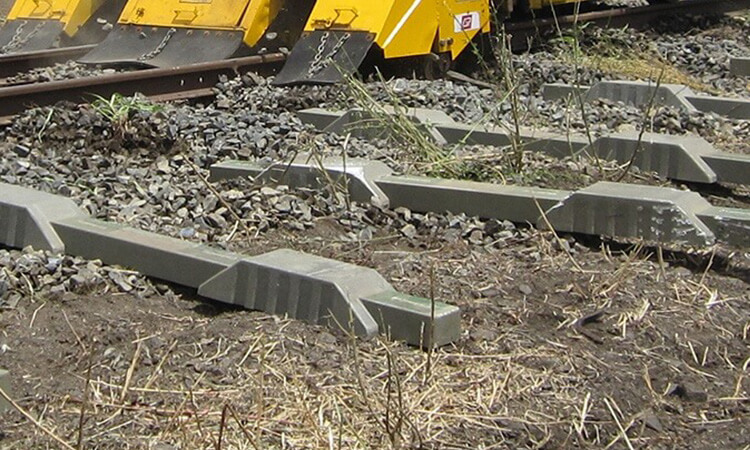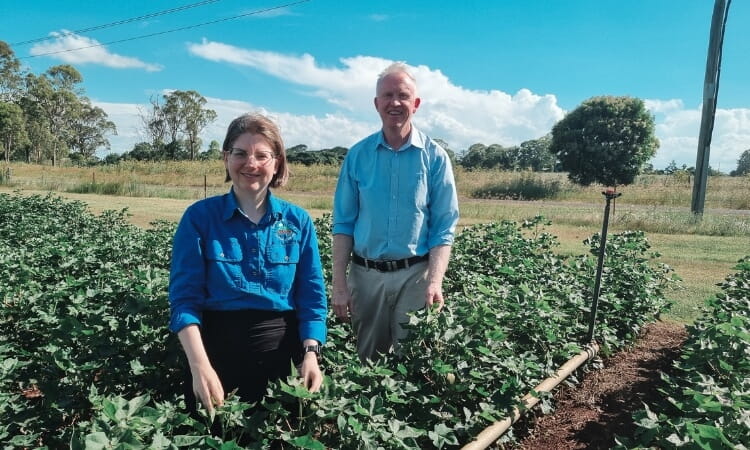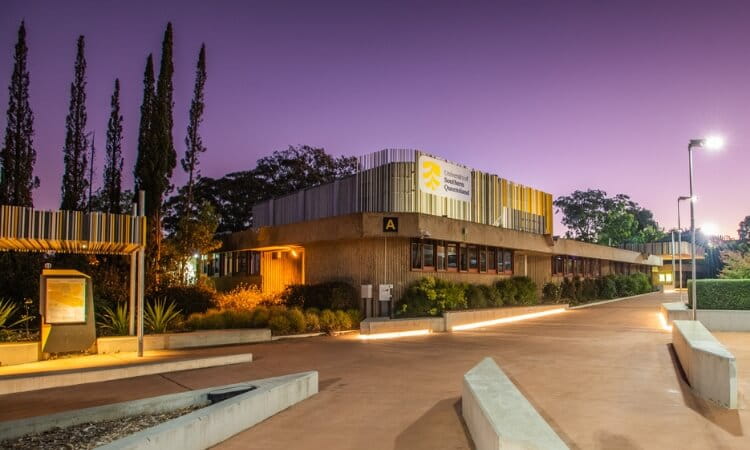With the future of Australia’s economic growth strongly reliant of an efficient rail network, it’s imperative that track quality remains high.
A significant portion of Australian railway systems are supported by timber sleepers, which require replacing every 10 to 20 years, with the cost of materials, installation, and disruption substantial. Nearly 90% of the existing timber sleepers in Australia will need replacement by 2025, estimated to cost more than $1 billion.
Track closures due to replacement of poor condition railway sleepers costs $10 to $20 million per day in lost revenue. In addition, almost $300 million dollars is currently spent every year on railway track maintenance. Compounding with this, it has been increasingly difficult to get suitable quality hardwood over the past decade, to keep up with the demand for railway maintenance.
University of Southern Queensland (UniSQ) civil composites research is revolutionising the Australian infrastructure industry, providing an alternative solution for timber sleepers using fibre reinforced polymer composites in civil engineering and construction. These composites have proven sustainable, due to the material’s ability to be engineered to mimic the strength, stiffness, resonance, and vibration-dampening behaviour of timber.
Future UniSQ research through the Centre for Future Materials, will continue to focus on developing alternative and cost-effective composite sleeper technologies, to ensure the sustainability and reliability of the railway track infrastructure. The introduction of durable, sustainable and cost-effective sleepers will facilitate the development and growth of Australian economy through improved railway infrastructure.
Researchers have proved that by strategically utilising polymer composites, it has resulted in a sleeper technology that requires significantly less volume of material but complies with all strength and stiffness requirements of a railway sleeper. In addition, current research activities focus on incorporating waste materials into the sleeper construction for development of a sustainable railway sleeper.
In collaboration with various industry partners including Queensland Rail, Austrak and the Department of Transport and Main Roads, researchers have developed and applied novel composite technologies in an array of construction and through the repair of bridges, roads, railways and marine structures, to future-proof Australian infrastructure.


